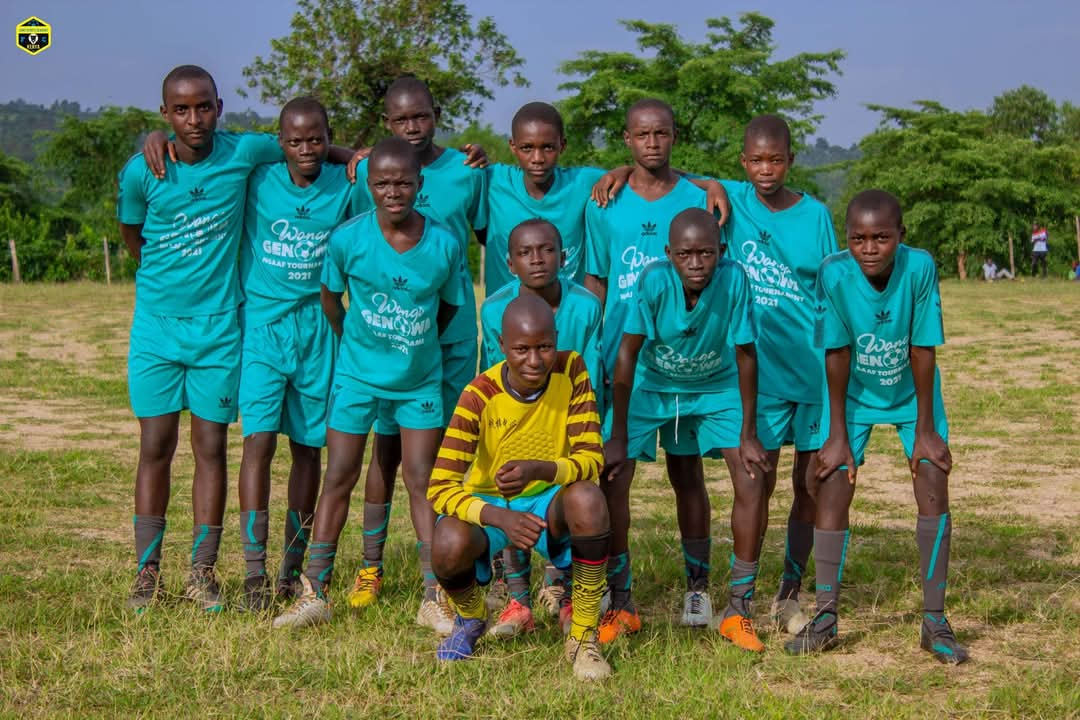Mathematics No Longer Compulsory in Kenya’s Senior Secondary Schools
In a groundbreaking move, Kenya’s Ministry of Education has announced that mathematics will no longer be a compulsory subject for students transitioning to senior secondary school under the Competency-Based Curriculum (CBC). This radical shift, effective as of this year, marks a significant departure from the traditional 8-4-4 education system and has sparked widespread debate about its implications for the country’s future.
Basic Education Principal Secretary Belio Kipsang unveiled the change on Thursday, emphasizing that the decision aligns with the CBC’s focus on flexibility and student-centered learning. “In Grade 10, it is not compulsory to do mathematics and science subjects,” Kipsang stated. “If a student is not pursuing humanities or sciences, why would they be required to take mathematics?” The announcement signals a new era where students can tailor their education to their strengths and career aspirations, rather than adhering to a one-size-fits-all model.
A New Framework for Senior Secondary Education
Under the revised CBC framework, senior secondary students—starting with the pioneer Grade 9 class of 2025—will be required to take four mandatory subjects: English (or Kenya Sign Language), Kiswahili, Physical Education, and Community Service Learning. Beyond these, learners will select three additional subjects from one of three academic pathways: Arts and Sports Science, Social Sciences, or Science, Technology, Engineering, and Mathematics (STEM).
This contrasts sharply with the 8-4-4 system, where mathematics was a core requirement alongside English, Kiswahili, and at least two sciences (Physics, Chemistry, or Biology). Now, mathematics is an optional subject within the STEM pathway, which also includes Biology, Chemistry, Physics, General Science, and applied fields like Agriculture and Computer Science. The Ministry has set an ambitious goal for at least 60% of Grade 9 learners to pursue STEM when they enter senior secondary school in January 2026, though participation remains a choice.
Kipsang explained that the policy aims to give students and parents time to reflect on their interests. “We are allowing students to go home and consult with their parents before deciding what they want to pursue. The selection process will begin in the second term,” he told reporters. This window, starting after the first term, is intended to ensure informed decisions about academic and career paths.
Mixed Reactions Across the Nation
The decision has ignited a firestorm of reactions from educators, parents, and students alike. Proponents argue that it liberates learners who struggle with mathematics, allowing them to excel in areas like the arts or social sciences without the burden of a subject they may never use. “Not every child needs to be a mathematician,” said Jane Njoroge, a Nairobi-based teacher. “This opens doors for creative talents that were stifled under the old system.”
Critics, however, warn that dropping mathematics as a compulsory subject could erode critical thinking and problem-solving skills essential in a modern economy. “Developed countries are doubling down on STEM, while we’re making it optional,” lamented Edwin Hinda, an education commentator, echoing sentiments shared on social media platforms like X. Others fear it could widen socioeconomic gaps, as students from under-resourced schools might opt out of STEM fields—often gateways to lucrative careers—due to limited exposure or support.
A post on X by user @InfinitelyDean
captured the concern: “By relegating math to an elective, Kenya risks shutting many students, particularly those with fewer resources, out of future-focused fields, compounding existing disparities.” The sentiment reflects a broader anxiety about whether the policy might inadvertently limit opportunities for the next generation.
A Vision for Diversity and Flexibility
To address such concerns, the Ministry has mandated that all senior secondary schools offer at least two pathways, with STEM being a required option alongside either Social Sciences or Arts and Sports Science. “Doing a STEM pathway doesn’t mean children are forced to take it—it simply means it’s available,” Kipsang clarified. This approach aims to balance flexibility with access, ensuring students can still choose mathematics and sciences if they align with their goals.
The Arts and Sports Science pathway includes subjects like Fine Arts, Music, Theatre, and Sports, while Social Sciences offers History, Geography, Business Studies, and Religious Education options. The STEM pathway, meanwhile, remains a cornerstone of the Ministry’s vision to drive innovation and technological advancement, even as it becomes optional for individual learners.
What Lies Ahead
As Grade 9 students prepare to select their subjects and schools in the coming months, the Kenya National Examinations Council (KNEC) has outlined how their transitions will be assessed. The final Grade 9 score will combine 60% from the national Kenya Junior School Education Assessment (KJSEA), 20% from internal teacher assessments, and 20% from primary school performance. This score will partly determine senior school placements, with a cap of five students per junior school advancing to the same senior institution to promote diversity.
The move has left Kenyans pondering its long-term impact. Will it empower students to chase their passions, or will it weaken the nation’s competitive edge in a globalized world? For now, the CBC’s bold experiment is underway, and all eyes are on the pioneer class of 2025 as they chart a new course in Kenya’s educational landscape.









